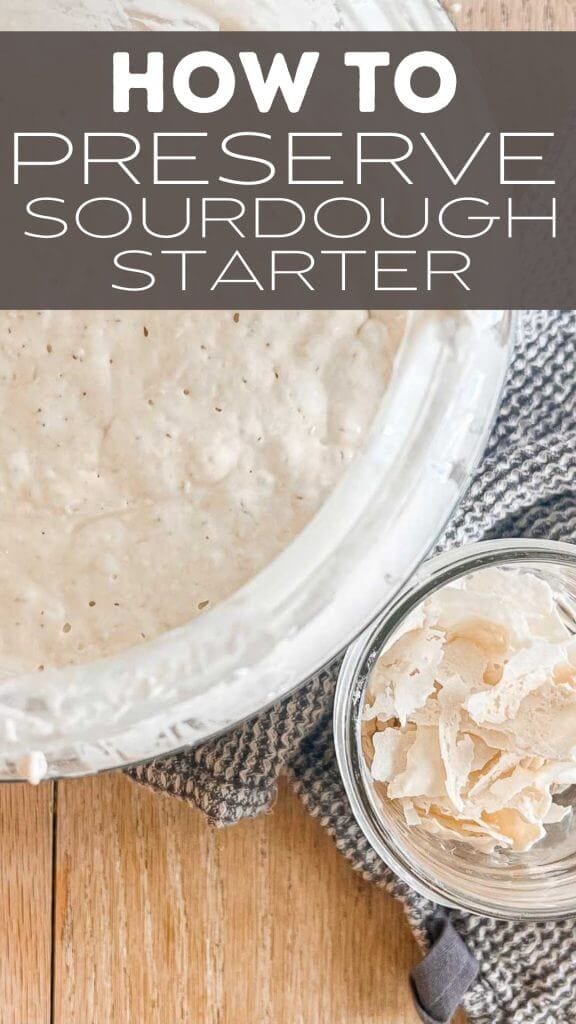How to Store Sourdough Starter for Future Use ( 4 methods)
Learn how to preserve sourdough starter in a handful of ways that will help you to preserve it for future use, or in case the worst happens and your start goes bad or gets ruined. Maybe you want to take a break for a few months or even years, there are ways to save it. I am going to share easy ways that you can store sourdough starter and use it years in the future.

I had a panic the other day. I almost baked my sourdough start in the oven. I turned the oven on and luckily I immediately remembered it was in there. I pulled it out and all was good!

I started my sourdough start about 5 years ago, and it has been through it. It is a strong and very active sourdough start. I often worry about something happening to it, such as growing mold, getting baked or dropping the bottle. There are ways that you sourdough start can be irreversibly damaged, but by preserving it, or storing it in different ways will guarantee that you will keep your sourdough start available for years to come.
Lets talk about the different ways to store your sourdough starter. The ways I want to discuss are refrigeration, freezing, dehydrating, and freeze drying.
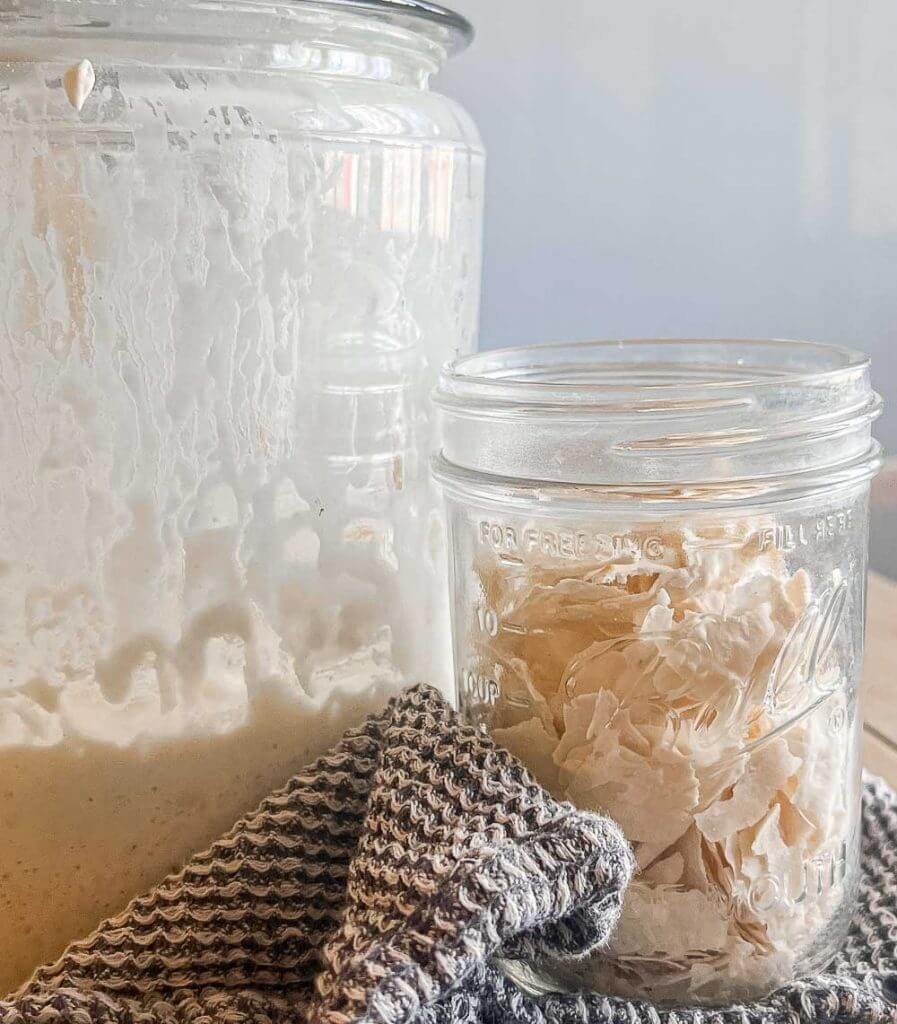
How to Store Sourdough Starter For Future Use
Refrigeration
The first way to store your sourdough starter when not using it is to put it in the refrigerator. This is how you can keep your sourdough starter active while occasionally using it. If you only want to use your starter once or week or maybe even just once a month, this is a great way to store your sourdough starter.
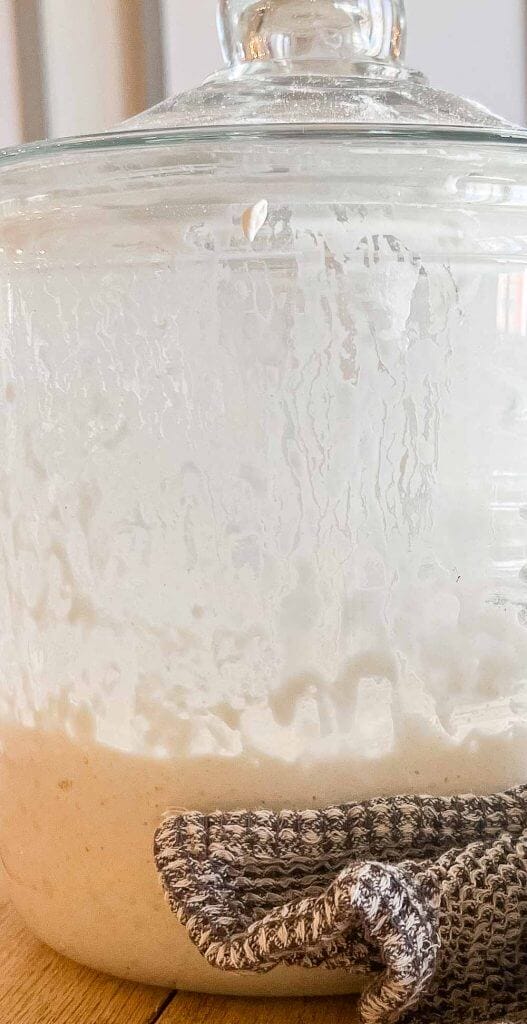
A few tips about storing your start in the fridge:
If you don’t want to use it for a while, it is recommended that you feed it once a week to keep it active and allow it to stay fresh. If you fail to feed it, eventually it will acquire a hooch, or liquid on top and it will start to eat itself.
I have seen instances where people have ignored their start for months, (I am one of them), and the starters were able to be rejuvenated and are still in use. I have also seen some that have gone past the point of no return and had to be tossed.
You want to store it with an airtight lid. This is opposite of how you store it on the counter. You need the airflow to aid in the rise of the starter. But in the fridge, there is less air available and the bad bacteria from some foods can go into your start.
I recommend taking your start out of the fridge, feeding it, and then placing it back in the fridge.
Dehydration
This is my favorite way to preserve sourdough starter to make sure I have a backup for the future.

You can use a dehydrator or you dry it out in the oven. Either way, you will want to spread out a nice thin layer of sourdough start on parchment paper and dry it until it is completely dry.
If using the oven you can place the oven on the lowest setting, or turn your light on and the convection fan to let it dry out. I would not keep the oven on for long. I also would not let the heat get above 90-100 degrees. You dont want to kill the bacteria in the sourdough start.
Once the start is dried completely you can break it up and store it in an airtight container in an cool place. You can also place it in the freezer. Storage of your starter is important once it has been preserved. Keep it in a cool dark place.
When you need to use this dried out starter, you will want to reconstitute it with an equal ratio of water. This is called re- hydration. You want the consistency of this mixture to be like pancake batter. Let it sit and stir occasionally until all the start has been mixed and is back to a liquid.
You will continue to feed it with flour and water until it bubbles up and becomes active. Keep it at room temperature and keep it fed daily.
Freezing
Let me tell you a little secret. One time I accidentally froze my sourdough start (in the fridge). My fridge has that one spot that freezes things and my start was the victim that day.
I was distraught and thought I had ruined it. But to my surprise, one it had defrosted, I fed it and it was super active!
A great way to freeze your start is to place active starter in silicone molds and allowing to freeze completely. Once it is frozen you can transfer the pieces into a plastic bag or container to store in the freezer long term.
When ready to use it, defrost some of the pieces in a clean jar and once it is room temperature, feed it on a regular schedule. It should come to life and become an active starter in no time.
Freeze Dried
This is the one method that I have not used, since I do not have a freeze dryer. But I have read about it and know it is a possibility. I think this method does take a bit more time for that starter to come back to life, from what I have read.
If you have a freeze dryer or have access to one, I think this is another great way to store your sourdough starter. You would reconstitute your starter the same as you would with dehydrated sourdough starter.
Troubleshooting your sourdough starter after being preserved:
Are you using dehydrated starter and its taking a long time to become active? Wild yeast can often be fickle. But there are some tips that may help get it going a bit faster.
Once you have fed the starter equal parts flour and water, let it sit in a warm spot to allow it to grow easier.
Store it in a glass jar. I like to use a mason jar. You can cover it with a towel and use a rubber band to hold it in place or you can poke some holes in your lid to allow for air flow.
You can also feed it twice a day to allow it to wake up a bit faster. This can help the start to get going. I would recommend not discarding for the first couple of days, so that yous start can grow strong.
Once you have an active new starter, continue your sourdough starter feedings, start to discard and you are ready to bake! The amount of starter you use will depend on your sourdough recipes, but most use around 1 cup or about 100 grams.
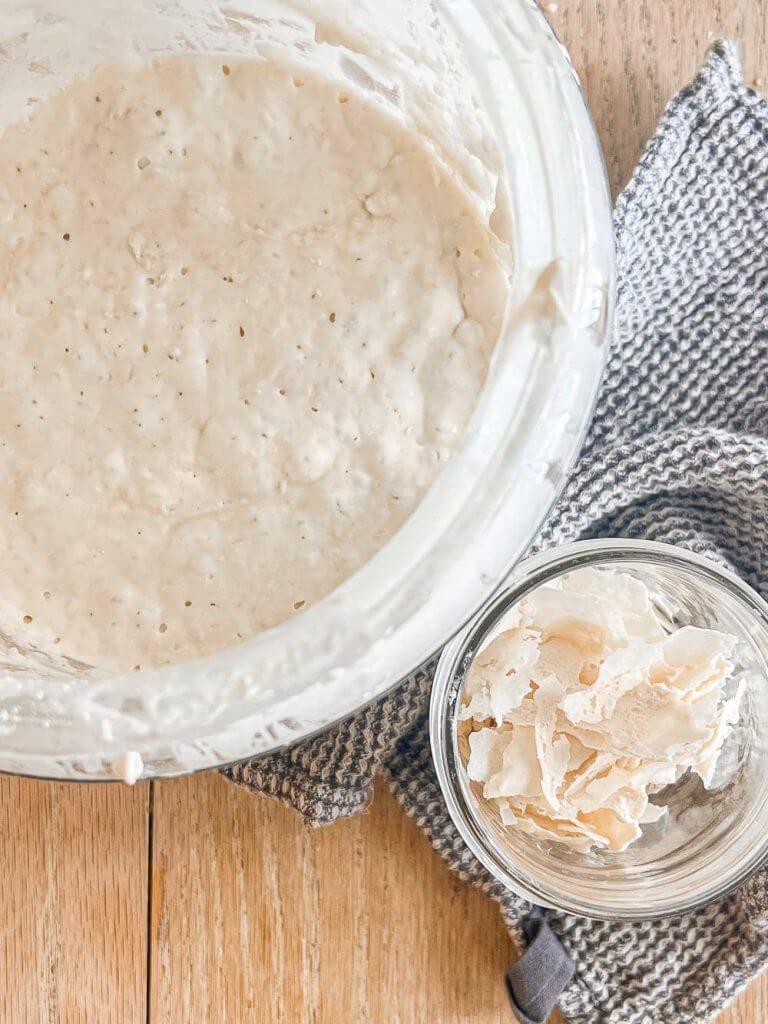
I have tons of amazing sourdough recipes for active sourdough starter as well as sourdough discard recipes.
Don’t forget to pin this for later!
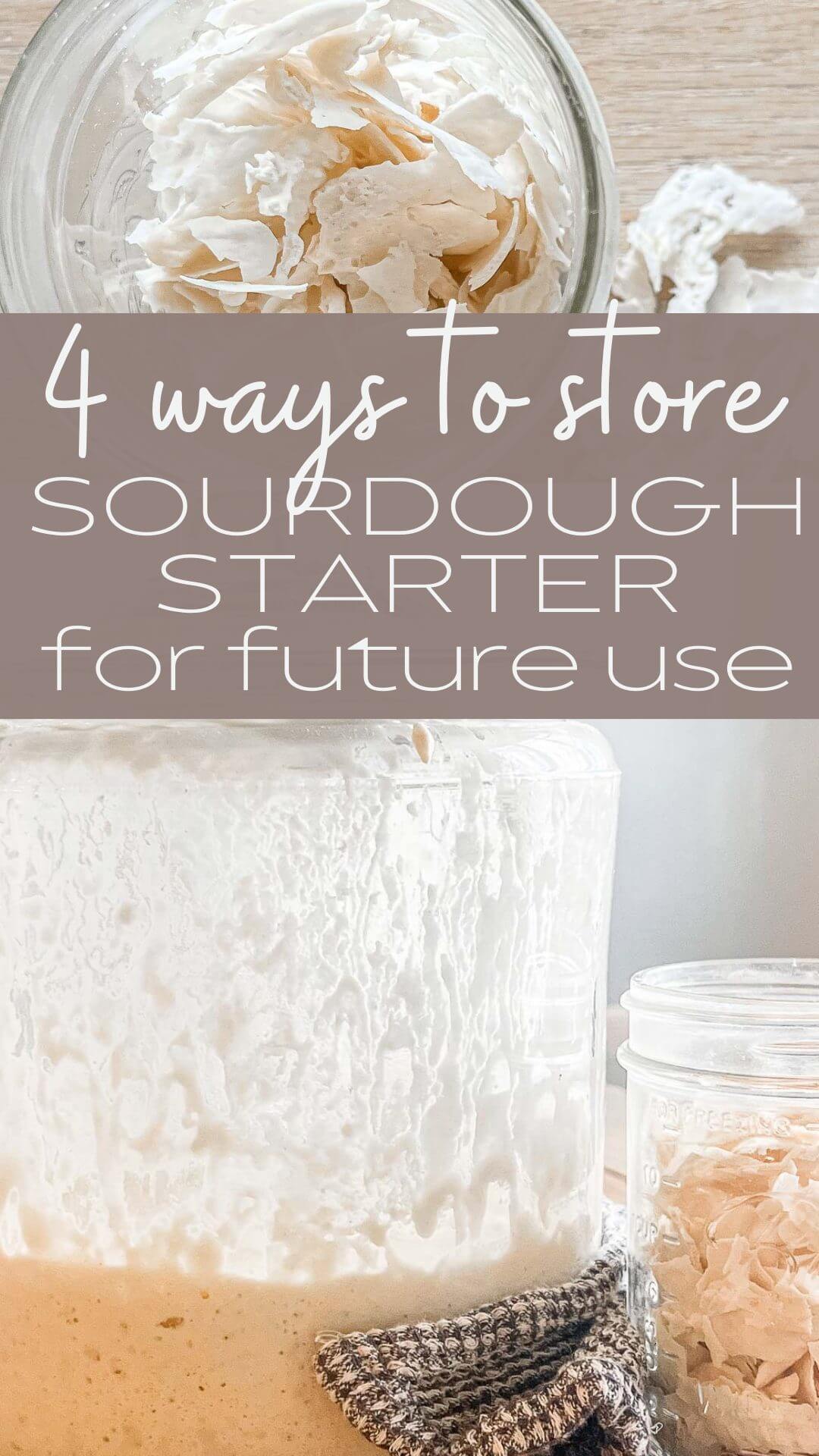
Sourdough bread is a huge part of our lives these days. I bake at least twice a week. I make sourdough sandwich bread, dutch oven bread, pancakes, and more!

